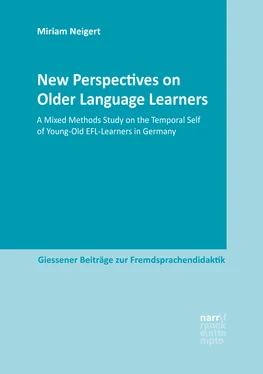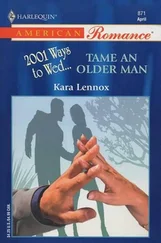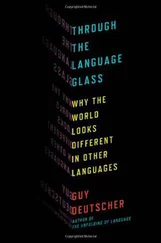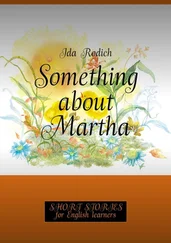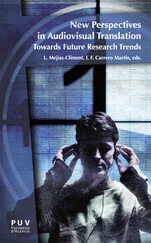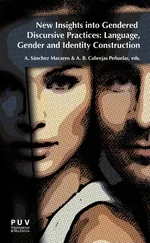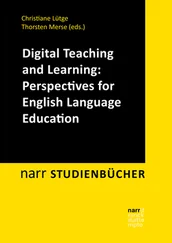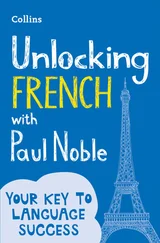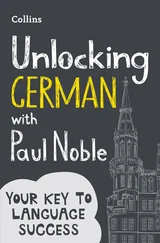Age can be socially constructed and as a sociological construct it changes over time as well as between cultures. The 20 thcentury, for instance, has seen an increase in age consciousness, i.e. using (mainly chronological) age to create and justify age norms that shape social structures as well as what we see as ‘age appropriate’ and life trajectories that comply with a ‘social clock’ (Elder et al. 2003: 6; Dannefer & Settersten 2010): at what age should one get married, move out of home, stop driving, stop working, etc.? If we look at past centuries or even millennia, we notice that attitudes to old age have changed in different societies from seeing it as a source of wisdom to regarding it as being a burden on a nation’s economy (Johnson 2005; Schmidt-Hertha 2014: 18). Connected to this, the time we are born into and the historical events throughout our lives shape how we age and how we perceive ageing. We refer to groups of birth cohorts as particular generations (encompassing a 20- to 25-year span), a more prominent example being the Baby Boomer generation born after World War II and the more recent Gen Y (Phillips et al. 2010).
We ascribe certain characteristics to each generation affected by the historical change and circumstances in which they grew up (“cohort effects ” ). For example, we think of the current young-old, namely the young-old in my study, as being born between 1934 and 1954, we are dealing with members of the so-called Silent Generation (early 1920s until early 1940s) and Baby Boomers (late 1940s until mid-1960s). Apart from the effects war and post-war times had on these two generations, they also grew up with an evolving three-box model that shaped the life course in industrialized countries from the mid-20 thcentury (Hardy 2011; Marshall & Taylor 2005; Dannefer & Settersten 2010: 9ff.). The three-box model structures life into a pre-employment phase, in which children and adolescents are prepared for the workforce, a second phase of life dominated by becoming part of that workforce, in which one earns and saves for the third and last phase: retirement. Dannefer and Settersten (2010: 10) regard the three-box model as a good example of the institutionalization of the life course since it reflects how “the laws and policies of the state (e.g., compulsory schooling or mandatory retirement) as well as organizations, such as schools (with age-graded classes) and work organizations (with age-graded promotion ranks), define and structure the life course.” This life course structure, as Silent Generation members and Baby Boomers have come to live by and expect, is about to disappear due to recent socioeconomic changes such as higher fluctuation in the job market, diminishing public pension funds, and the transition to either higher retirement ages or removing fixed retirement ages completely. Thus, current and future generations can expect to live without this tripartite structure of the life course but rather with a ‘perforated’ life course, i.e. alternating phases of job training, working, and unemployment, while increasingly relying on making provisions for old age themselves (Marshall & Taylor 2005: 575f.; Dannefer & Settersten 2010: 10; cf. Reutter 2004). Concluding from this, the three-box model shaped one major characteristic of the young-old (in contrast to later generations at least), which is the role of retirement they had expected all their working lives as being a crucial transition into a phase with more freedom to consume and to invest in resources (cognitive, temporal, financial) as they please.
Of course, we cannot make rigid connections between the common experiences of a cohort or generation such as a three-box model of life with every individual young-old’s life path. A major sociological approach to studying age and ageing which takes this into consideration is the life-course perspective (Elder 1974; Elder et al. 2003; Dannefer & Settersten 2010). Dannefer and Settersten describe how the life course perspective has changed gerontological research:
Old age is no longer viewed as embodying a set of common and universal experiences, nor as a dark period of inevitable decline. Rather, old age is recognized as comprised of a set of experiences that are highly variable across individuals, groups, and nations, and highly contingent on health, wealth, social relationships, social policies, and other factors. (2010: 4)
The life-course perspective also employs cohort analysis, which studies the lives of individuals born in a particular year, and this approach “provides an anchor point from which individual trajectories can be constructed and change can be tracked, allowing comparisons across multiple cohorts” (Dannefer & Settersten 2010: 5). Thus, to gain a better understanding of an age group such as the young-old, it is helpful to take a closer look at their ‘social pathways’ (Elder et al. 2003: 8) and identify social, cultural, political, and historical effects influencing the lives of a birth cohort or even a whole generation. When looking at one generation usually covering 20 years, we need to keep in mind that cohort effects such as the start or end of a war affect individual birth cohorts at different stages of their lives. In the case of the young-old participants in this study who were born between 1934 and 1954, this means that some experienced the end of the World War II as teenagers or young adults and others only as newborns, in utero, or not at all. Early crucial developmental factors, such as malnutrition, education, employment etc. during or after WWII have had different effects on a child, a teenager, or young adult and affected the way individuals or cohorts age.
To what extent can we predict that today’s young-old language learners and the way they perceive their learning process have been influenced by such background period factors in their younger years? In the long run, period effects are part of accumulated patterns influencing the ageing of a whole cohort or generation, ‘trickling down’ to the individual. But more individualized accumulating factors (e.g. the socio-economic status or milieu in which someone grows up) (Elder et al. 2003: 5) also affect the ageing process and need to be considered. Life-course researchers refer to this as ‘cumulative advantage/disadvantage’ (CAD), which is derived from the ‘Matthew Effect’ (Merton 1968; Settersten & Angel 2011). Alwin (2010: 272) describes this phenomenon as follows: “[The S]ocial environment is structured in such a way as to promote the accrual of greater resources to those who already have them – or, cumulative advantage – and the withholding of resources from those who begin with less – or cumulative disadvantage.” Thus, researchers use CAD to explain the intra- and inter-cohort variation. It also explains the age stratification from birth to death, i.e. the aforementioned increased variability (and inequality) as we age (O’Rand et al. 2010: 127; Dannefer & Settersten 2010; Settersten & Angel 2011). Applied to the young-old in this study, we can postulate that their early educational context during and shortly after WWII was limited or negatively affected which in turn impacted their opportunities to make full use of their cognitive potential. Keeping CAD in mind here again, the impact of this can still vary greatly within a cohort if we take the socioeconomic status or milieu in which a young-old language learner grew up into account. The degree of wealth and socioeconomic stability in times of war and shortly after war in a young-old’s early life gave some individuals of this generation a ‘head start’ (for example regarding their education) and continued to accumulate positively as they age in contrast to other less well-off contemporaries. The degree of education attained in their younger years, is a valuable predictor for the young-old’s interest in lifelong learning – with the Baby Boomers and Silent Generation displaying higher educational levels than generations before them (Berndt 2003: 14; Phillips et al. 2010: 146f.).
Читать дальше
